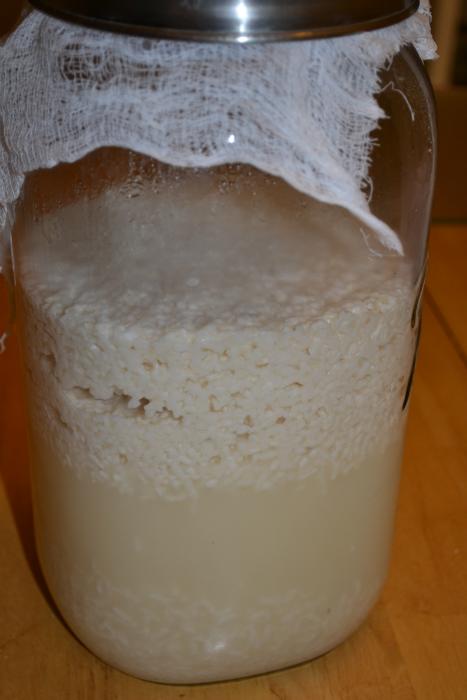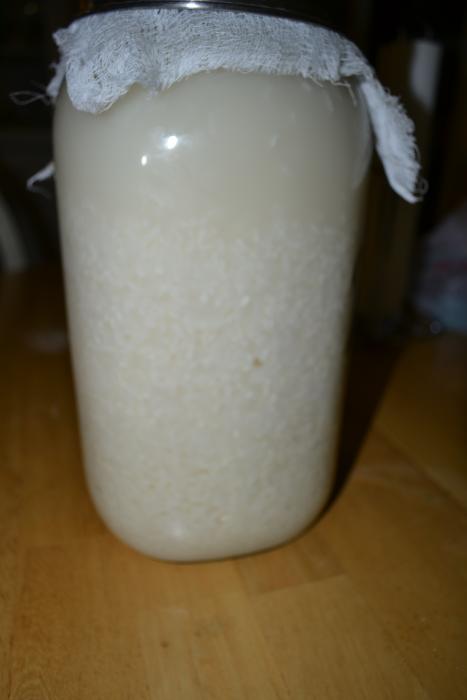saramc
Well-Known Member
I bet 'bubble bags', ice extraction bags would work great for filtration. You can order a nested set, or the specific micron you desire. Just a thought.


















Ok now I was just wondering if anyone has added honey to the rice before adding yeast balls Maybe a mead saki. I might try this unless someone has a reason not to.
Another point to honey in the primary is that honey is natures natural anti bacterial and anti fungel salve. If you add honey to a rice wine using the yeast ball or traditional sake then the honey may slow or inhibit the growth of the funguses needed to sacchrafy the rice starches into ferment able sugars. If you want a honey character I agree to add it only if back sweetening.